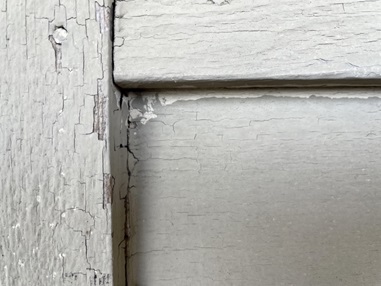
Lead poisoning occurs when lead is absorbed by the body through breathing or swallowing. People are constantly exposed to very low levels of lead in the environment, but toxicity is rare.
Unborn babies, infants, and toddlers are most vulnerable to the effects of chronic lead exposure. If exposed to lead, children with iron and/or calcium deficiency are at an even greater risk of toxicity.
Sources of lead:
Homes: Lead paint can be found in older homes (built before 1978). Paint chips, house dust, or soil may be contaminated with lead.
Water: Water that runs through lead pipes used in plumbing may contain lead.
Food: Game harvested with lead shot may be contaminated with lead. Some imported candies, foods in cans that are sealed with lead solder, and certain ethnic foods can be sources of lead. Some pottery containers may also contain lead and are unsafe for use with food or drinks.
Manufacturing: Some toys made outside of the U.S. and some ceramic glazes fired improperly may contain high levels of lead.
Work: Welders, smelters, and pottery makers are at high risk of lead poisoning. Workers may carry lead dust home on themselves and their clothes and cause family members to also be exposed to lead.
Hobbies: Lead exposure may occur when making stained glass objects using lead solder or when using lead bullets at indoor firing ranges. Folk medicines and supplements from countries outside the U.S. may also contain lead.
Symptoms of lead poisoning include:
Symptoms of long-term exposure include:
A person may not experience evidence of lead poisoning early on, so it is important to evaluate the possibility of lead in your home or in the products you use.
How to avoid lead exposure:
Call NC Poison Control at 1-800-222-1222 or chat from this site for further treatment advice.